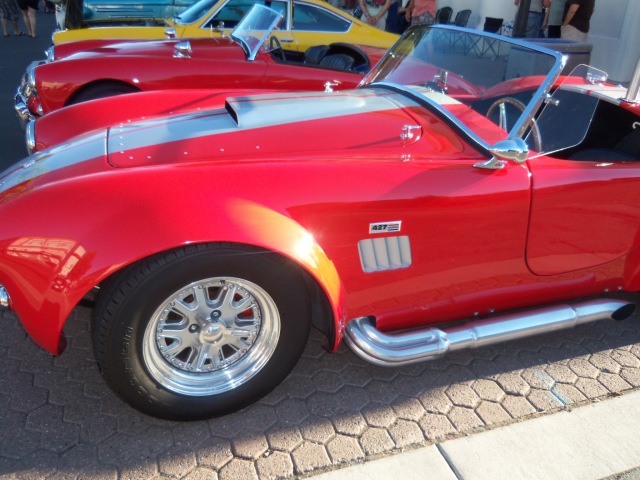Classic Cars: History of the Iconic Jeep
Classic Cars: History of the Iconic Jeep
Perhaps one of the most iconic American vehicles to ever exist, the history of the Jeep begins with World War II. According to many classic car enthusiasts, no other motor vehicle had inspired the type of respect and affection that the Jeep did during this time period. A small and compact car, the Jeep could be transported to battle areas by plane or glider, dropped by parachute, or floated across a river.
Now under Italy’s Fiat SpA ownership, the Jeep has gone through many brands since its origins as an American military vehicle. It was in 1940 that Willys-Overland built the WWII Jeep prototype, but it wasn’t until 5 years later that Willys built the first civilian jeep, and then 1950 that Willys trademarked the Jeep name.
Later in the 1950’s, Kaiser Motors acquired Willys, and the name of the Jeep changed to Kaiser-Jeep in the early 60’s when the Jeep Wagoneer was developed. This development was an essential, defining event for an entire class of vehicles that would spring up over the next 40 years, bringing together four-wheel drive, ample passenger and cargo room, and ever-greater levels of luxury.
Over the next 50 years, the Jeep would be branded under many other names, due to company acquisitions. Throughout the years though, the Jeep has always maintained its relevancy in the American culture, claimed by many to be a symbol of freedom, capability and adventure. Jeep’s website accurately states that “every Jeep vehicle has a unique story to tell, with a rich heritage that links back to the original Willys MA.”
Whether you own a classic Jeep or any other type of classic or antique car, it’s important to protect it financially with the right type of insurance coverage. At Condon Skelly, we know how exciting it can be to start a classic car collection. We’ve been helping our customers protect their classics with affordable, industry-leading insurance coverage since 1967. We’re a group of collectors, enthusiasts, and professionals who specialize in insuring all types of collector vehicles. For more information, please contact us today at (866) 291-5694.









